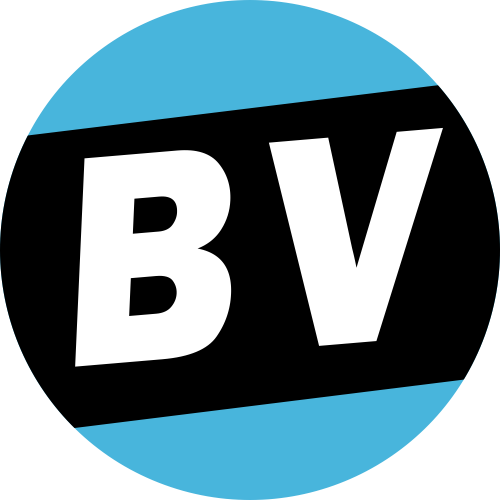Choose or create images that are helpful to the overall theme of the page. That might be an infographic, a diagram, an appropriate photograph, or something else. There are a lot of ways to modify stock images to make them unique.
Executing tactics that aim to impress Google’s algorithms is always the best strategy as they ultimately create the rules that can make or break any future achievements. First released in August 2013, Google’s Pigeon algorithm was launched to provide better results for local searches. Subsequently, Google reduced the number of displayed local business results from 7 to 3, making local exposure even tougher. However, the algorithm effectively combined Google search results with Google Map searches and set in motion a more cohesive way for websites to rank organically for local searches. Just like the bird it’s named after, the algorithm is instantly recognisable every time a Google results page is displayed.
Long-Term SEO Success
IONOS rankingCoach generates posts with artificial intelligence based on your site content. List your business to create local citations on over 42 platforms that’ll improve your website ranking. Aside from that, the strategies outlined above really are the key to ranking well on the Google SERP. There’s no exact science to ranking #1, but there are ways to greatly improve your ranking and get the results you need. Aside from guest posting, it’s also a good idea to link internally in your content. This encourages people to visit more pages on your site—which makes your website look good in Google’s eyes—and shows Google how your different content is connected.
Here, you can see a list of recent articles related to your subtopic. These ideas can serve as inspiration for your next content pieces. For example, “How to live more sustainably at home” could be a potential blog post.
- Internal links are very easy to create and, unlike backlinks, you don’t have to wait for other third-party websites to link back to your content.
- With this method, you can see how your SEO performance changes over time.
- Add your open and closing times, your contact details and your website.
- If your business is looking for instant results, this is something to consider.
#9: Increase Your Content Length
And I quickly noticed that pretty much every result on the first page included all the stuff that my content was missing. And, as you can see from this old Google Analytics screenshot, organic traffic to that page slowly declined. But over time, Google figured out that people searching for “Conversion Rate Optimization” didn’t want a giant list of techniques. Thanks largely to SEO Anomaly RankBrain, Google can figure out if your site is a good fit for a specific keyword. One way to check your site’s mobile optimization is by checking your Core Web Vitals. The first thing I recommend is to double-check that your site is optimized for mobile devices.
If your website doesn’t take advantage of caching, the browser will have to reload these resources every time the user visits your site. Although this is part of technical SEO, it should be stressed that a fast-loading website can get better Google rankings than a slow-loading website. Speed is a known ranking factor and very important for usability as well. This type of search intent is when a user is researching products or services with the intention of making a purchase in the future. For example, someone searching for “best laptop for gaming” has commercial investigation intent. This type of search intent is when a user is looking for information or answers to a question.
Local SEO for Small Businesses
A slow-loading site can negatively impact user experience and ultimately harm your search engine rankings. With an increasing number of users browsing the internet on their smartphones and tablets, having a mobile-responsive website is essential for SEO success. Remember, SEO is an ongoing process, so make monitoring your technical SEO a regular part of your strategy to ensure long-term success. Google Analytics in SEO is a tool that helps you understand and optimize your website’s performance in search engines. By tracking key metrics like organic traffic, bounce rates, and user sessions, you can identify which keywords and pages drive the most traffic and where improvements are needed. To achieve higher search engine rankings, it is essential to stay updated with the latest SEO trends and algorithm changes.

